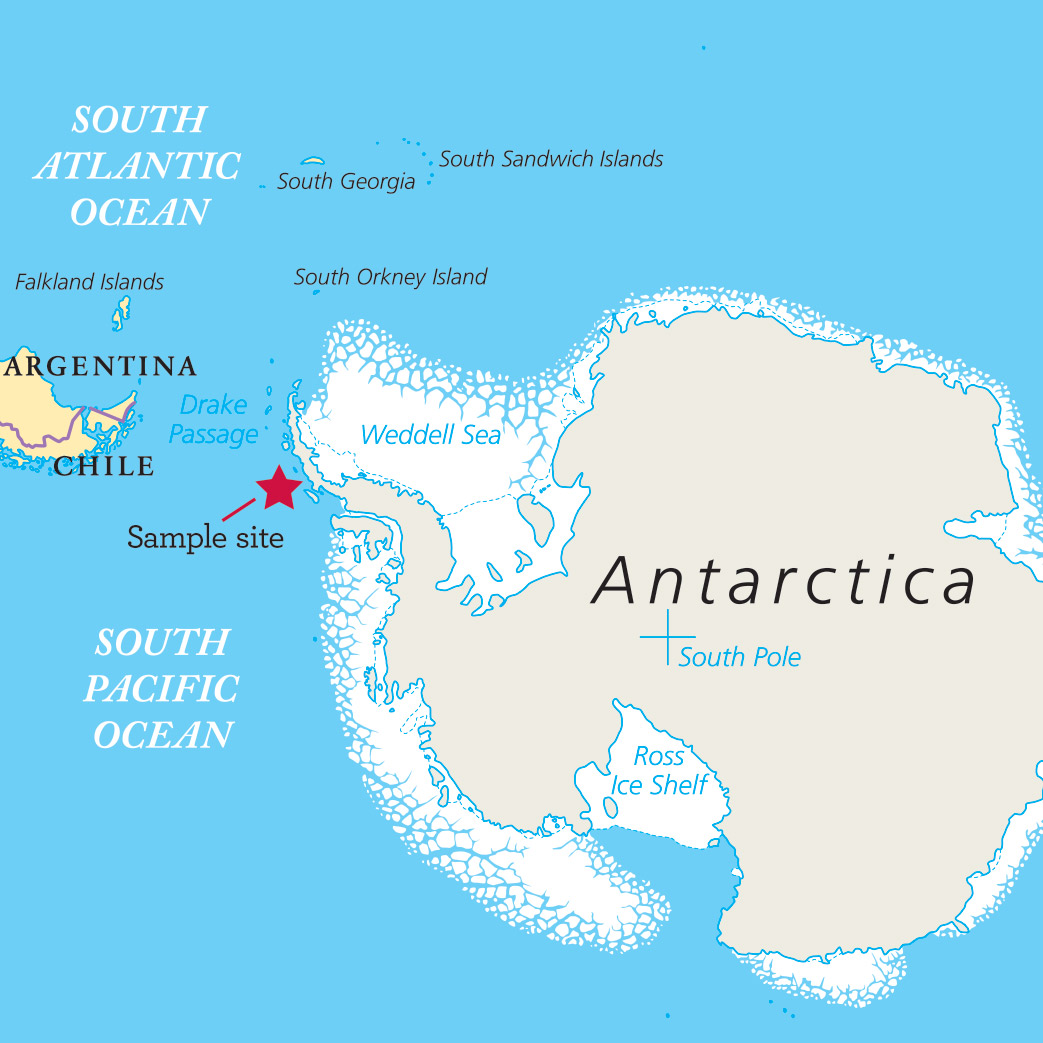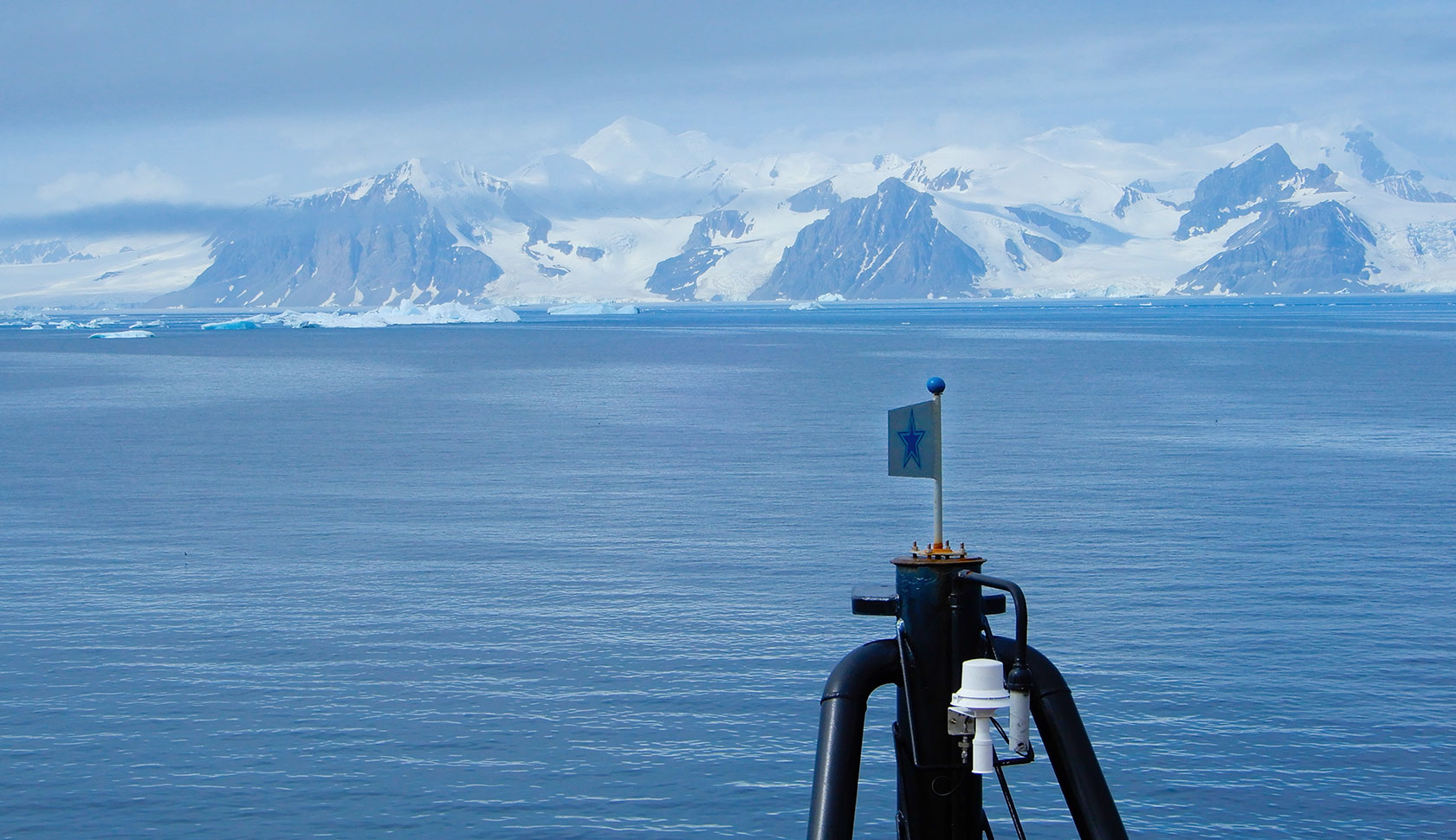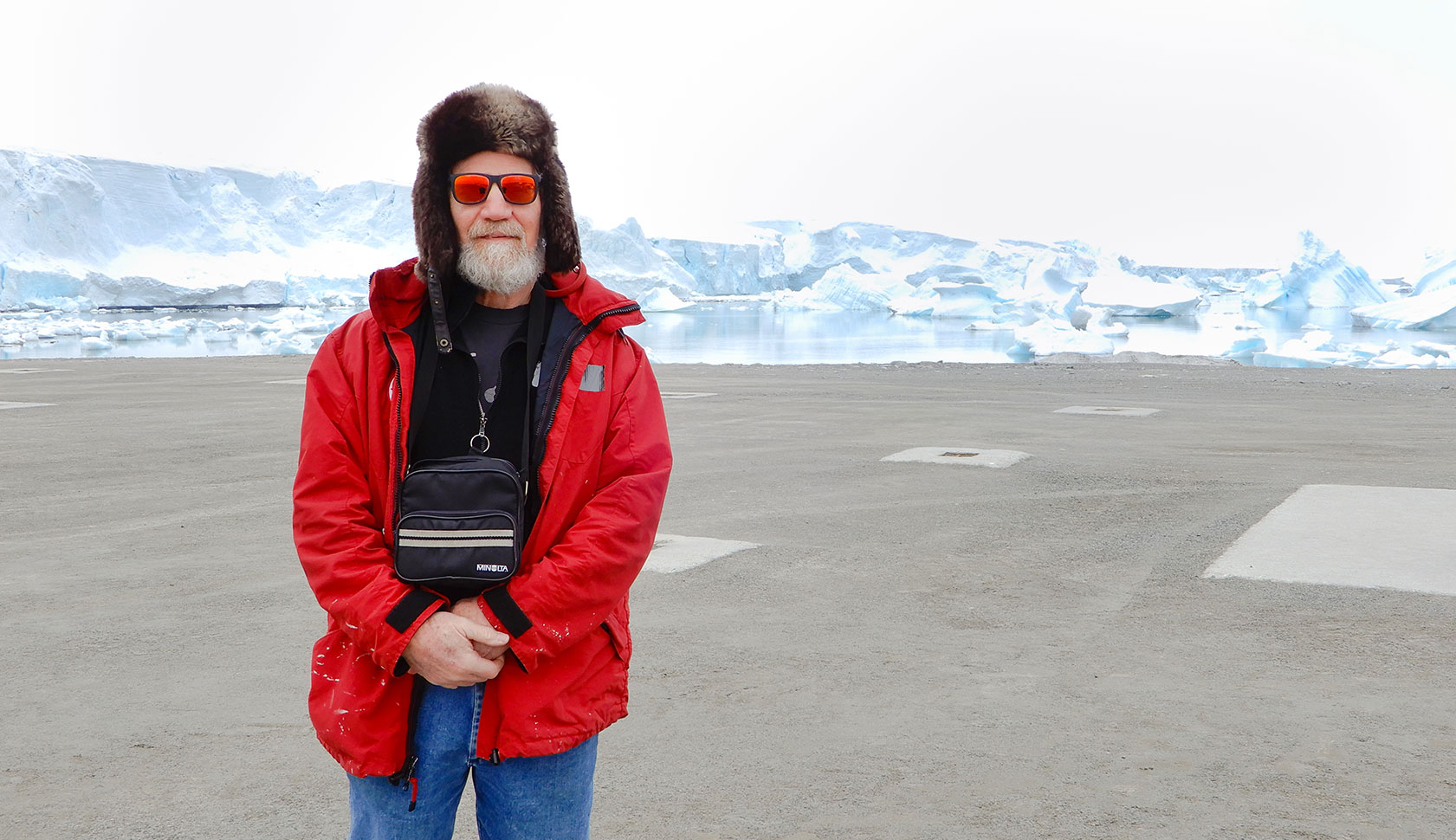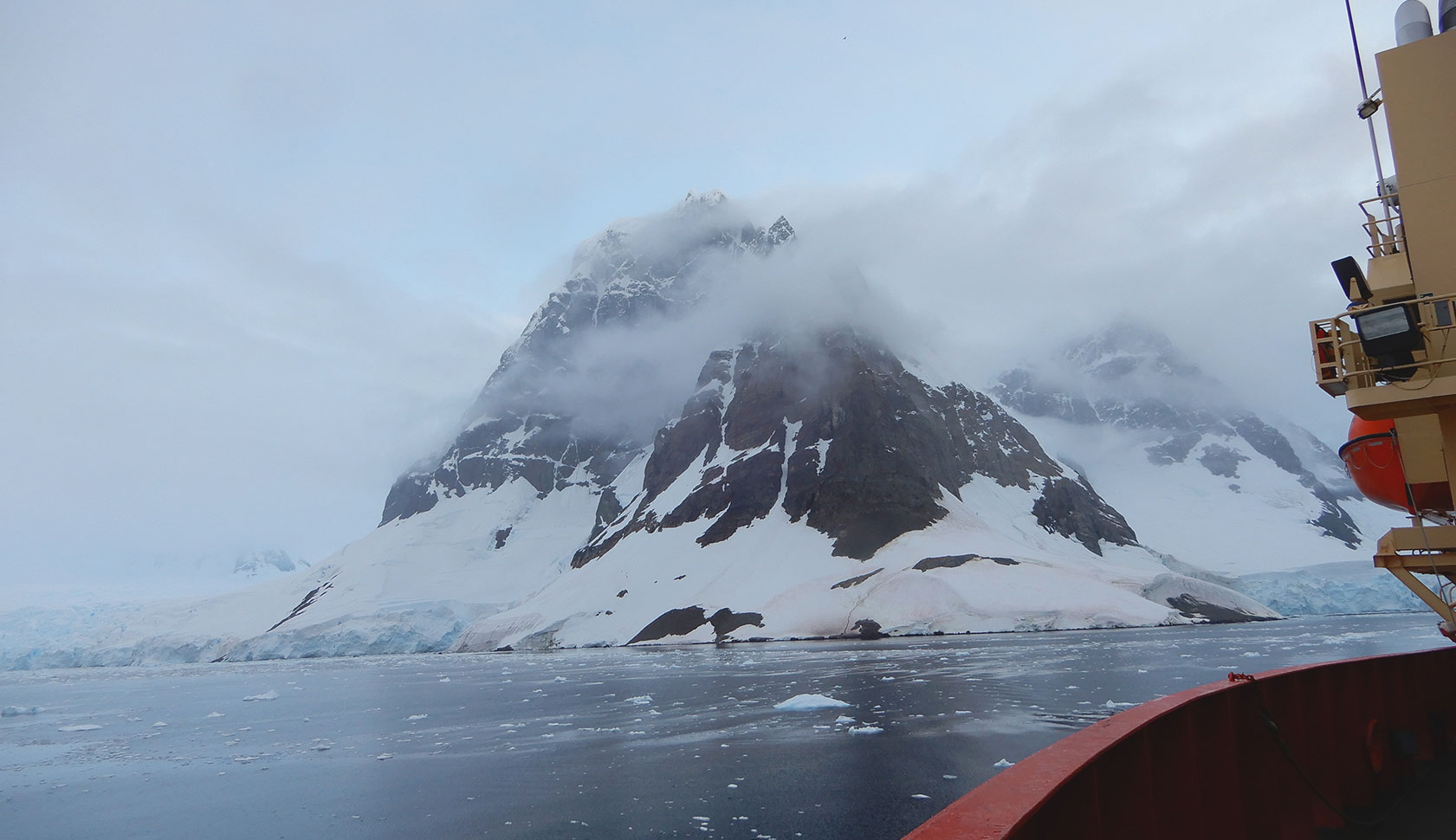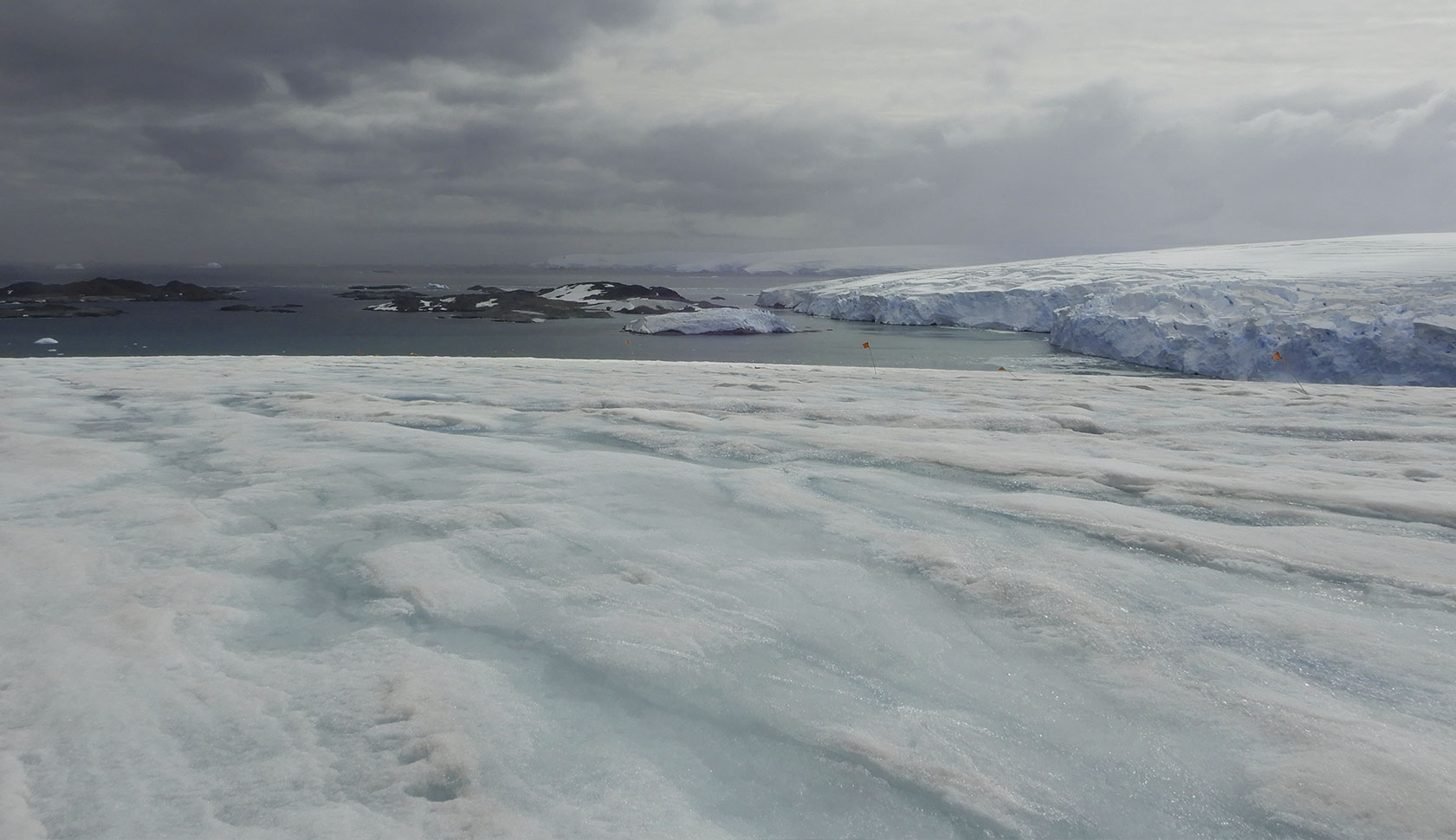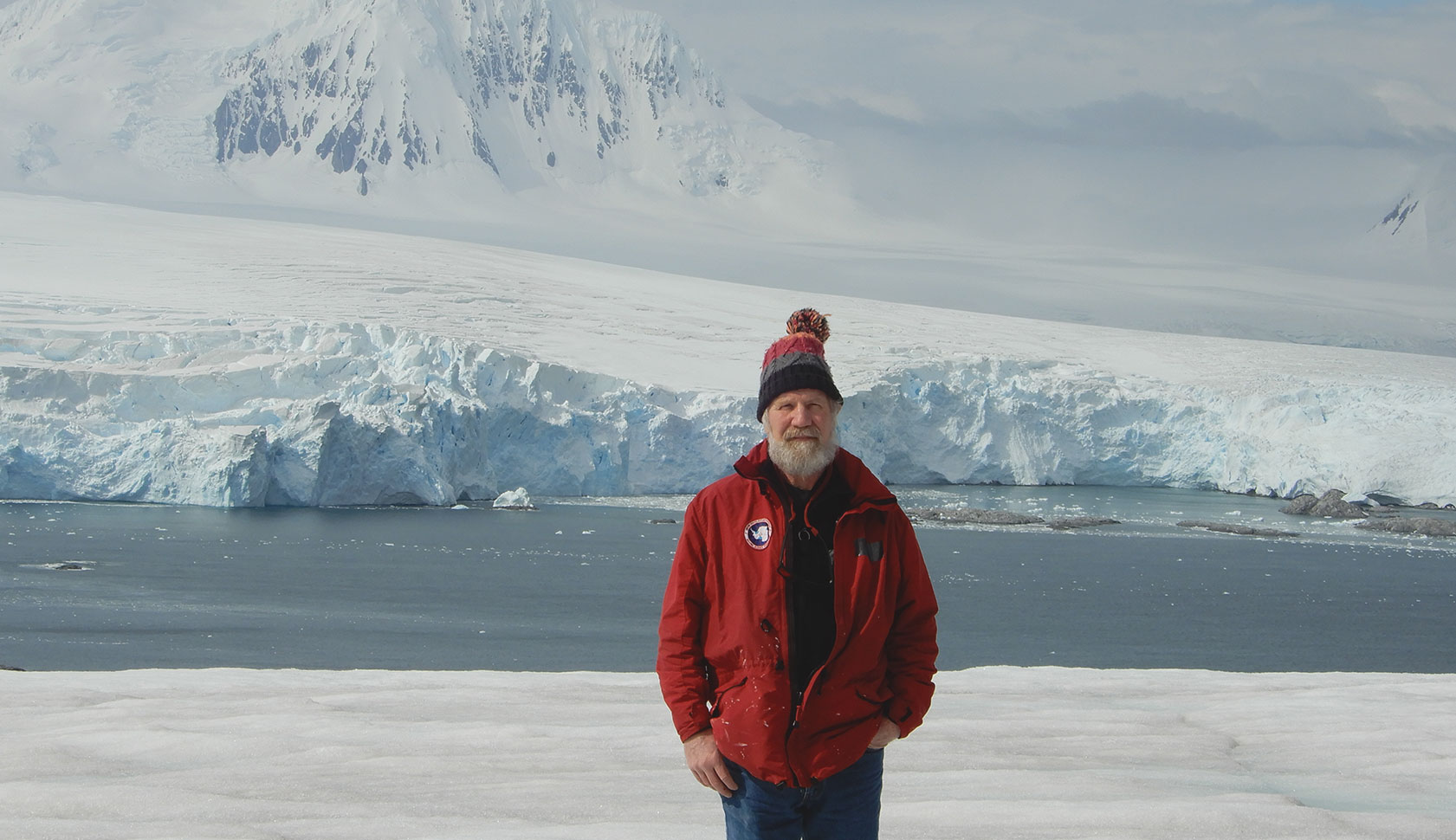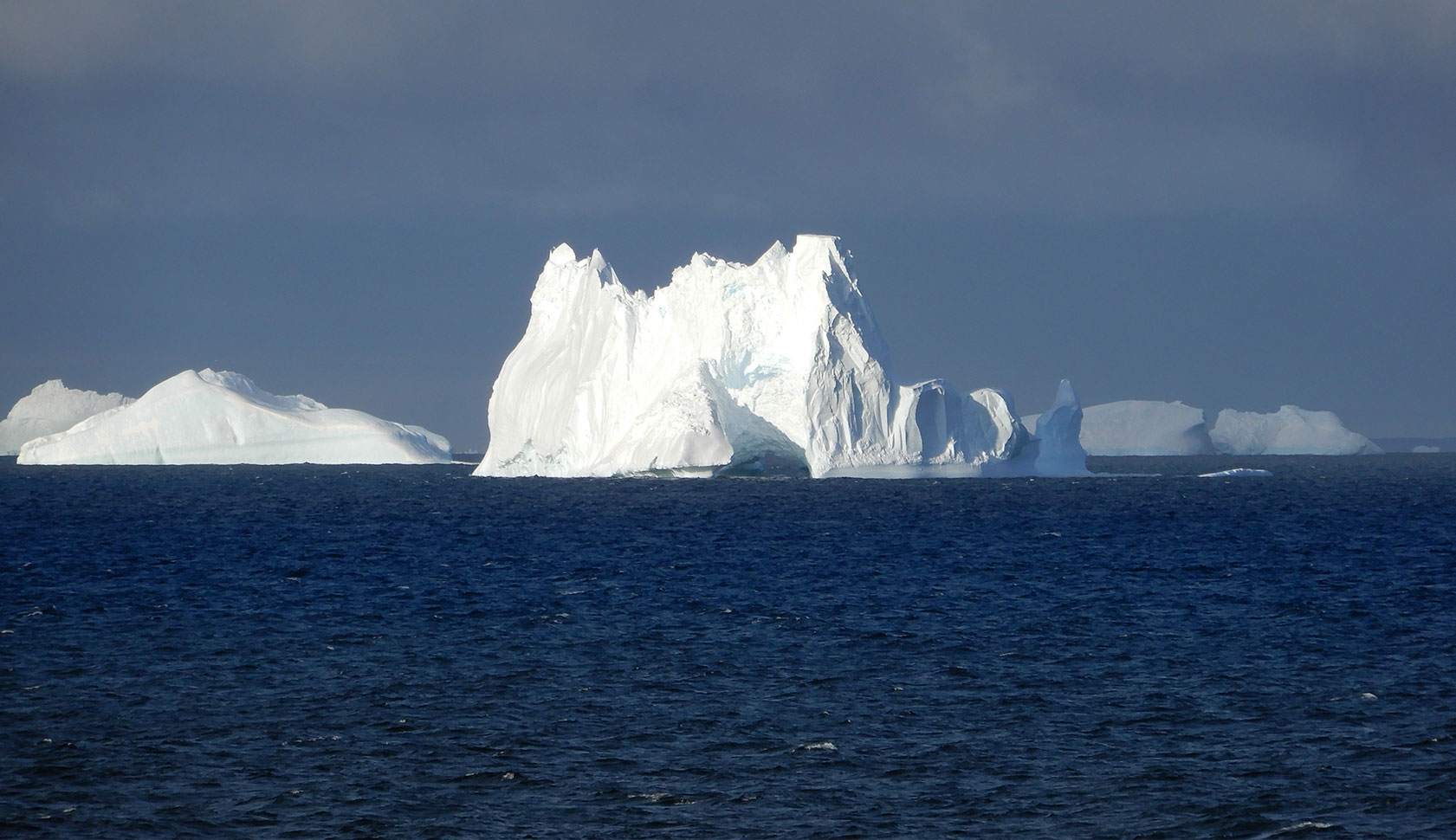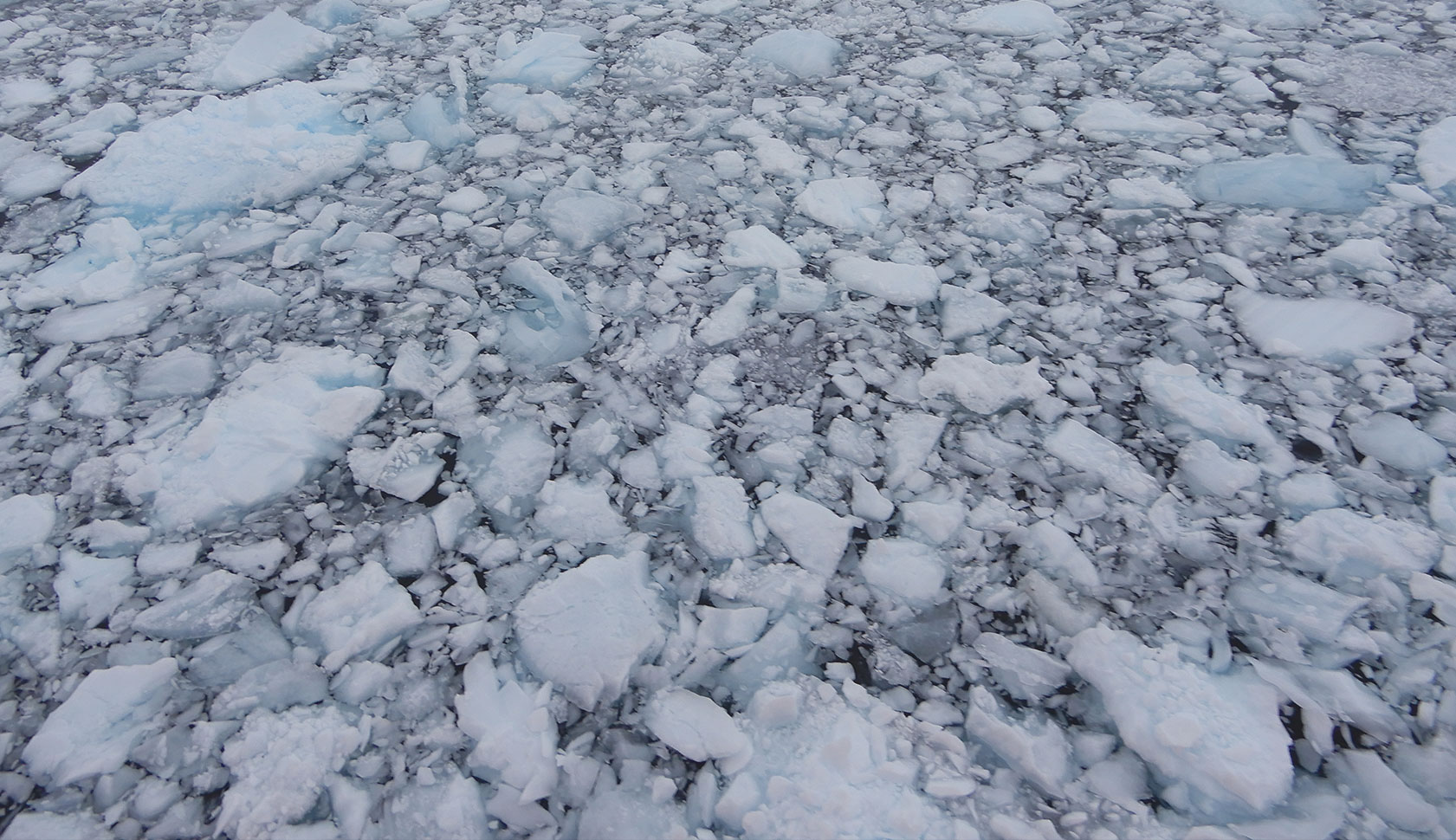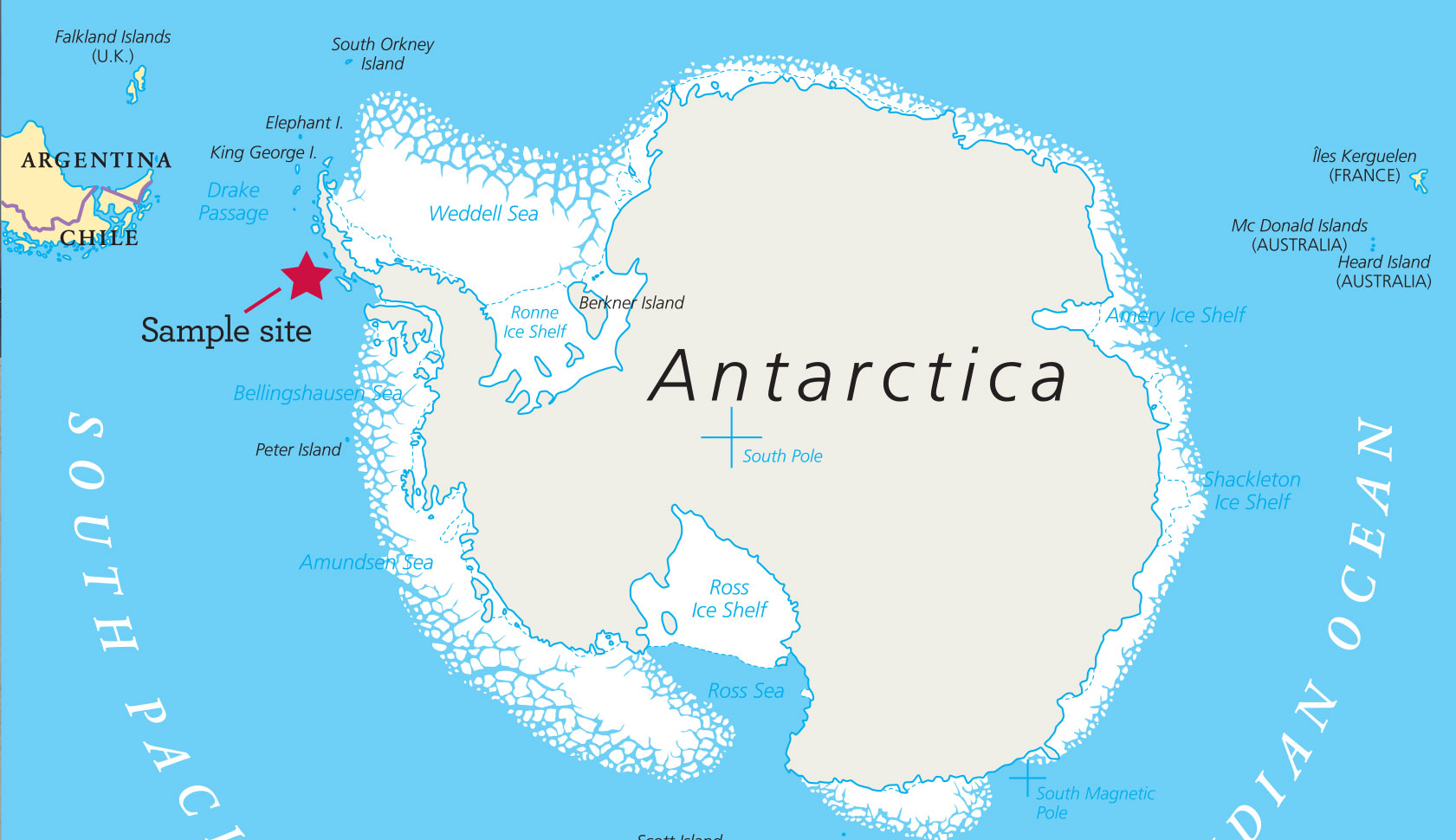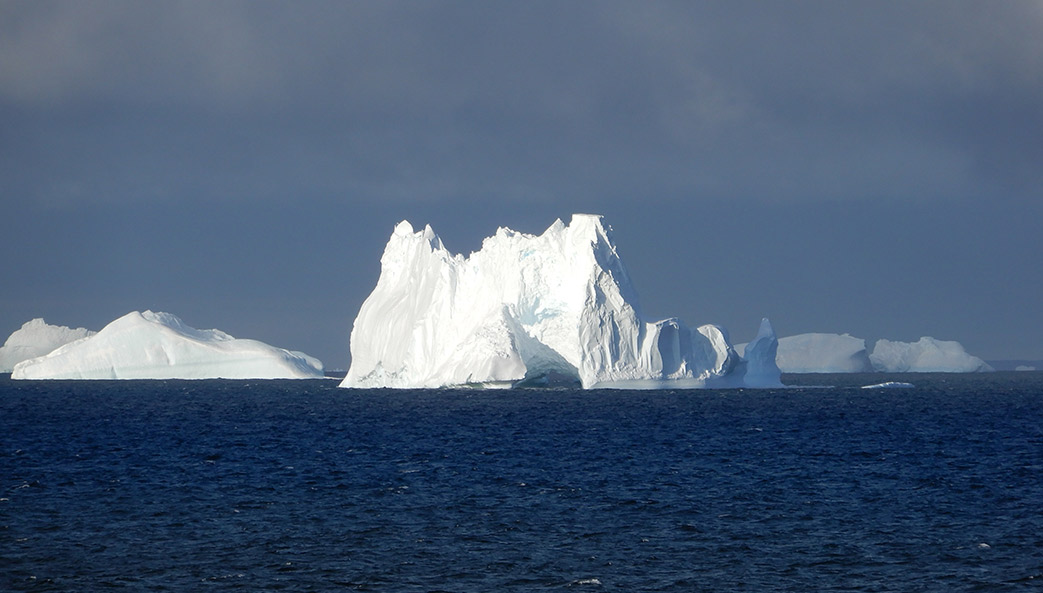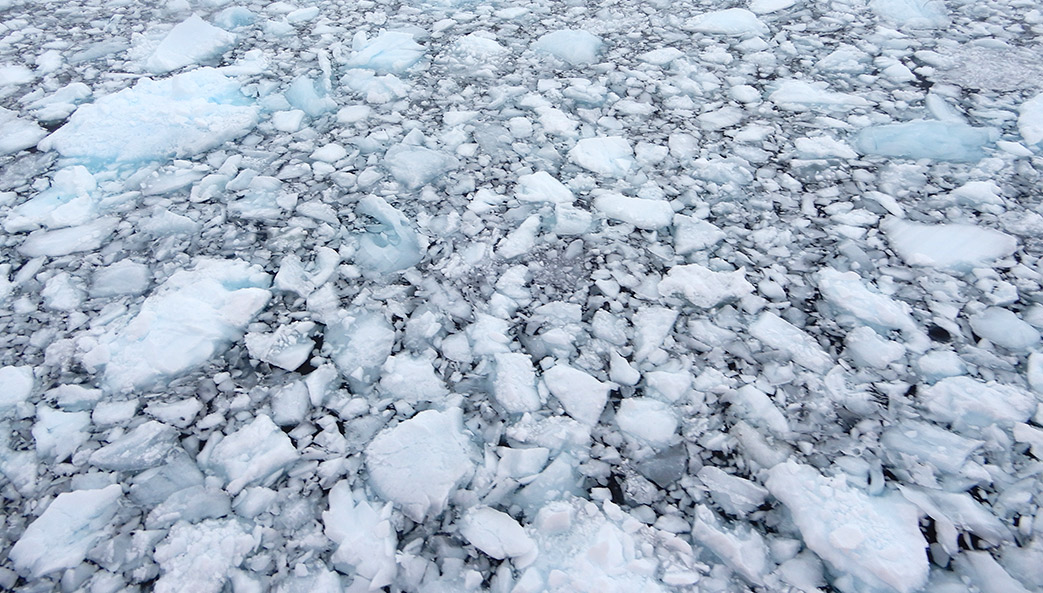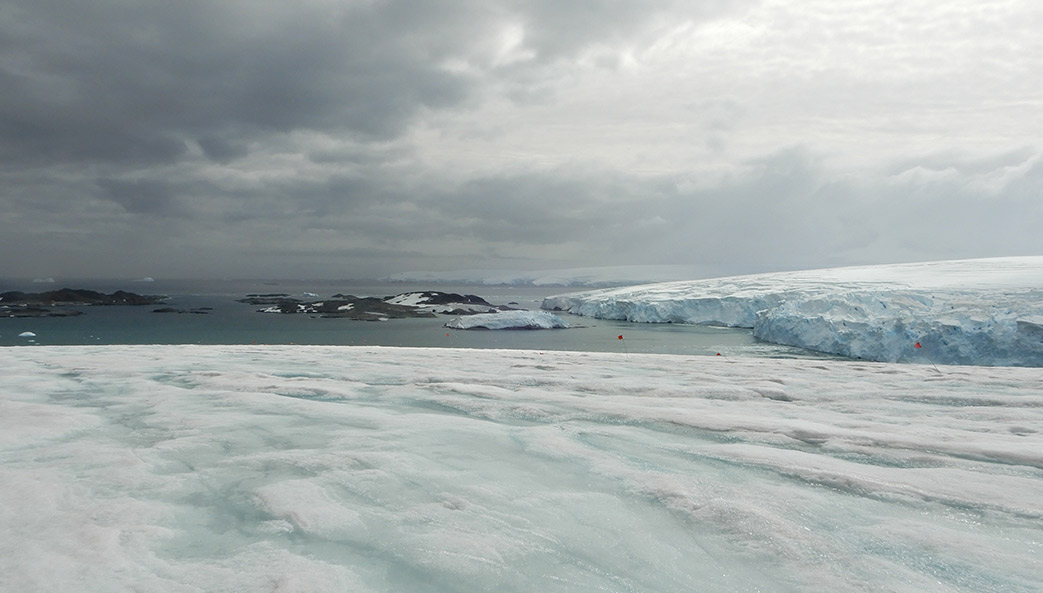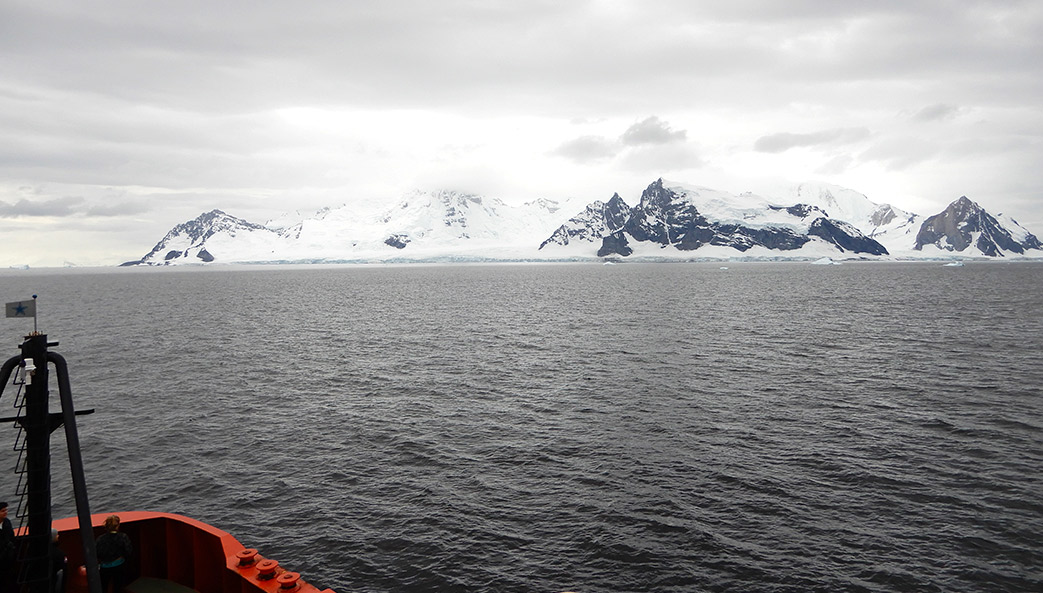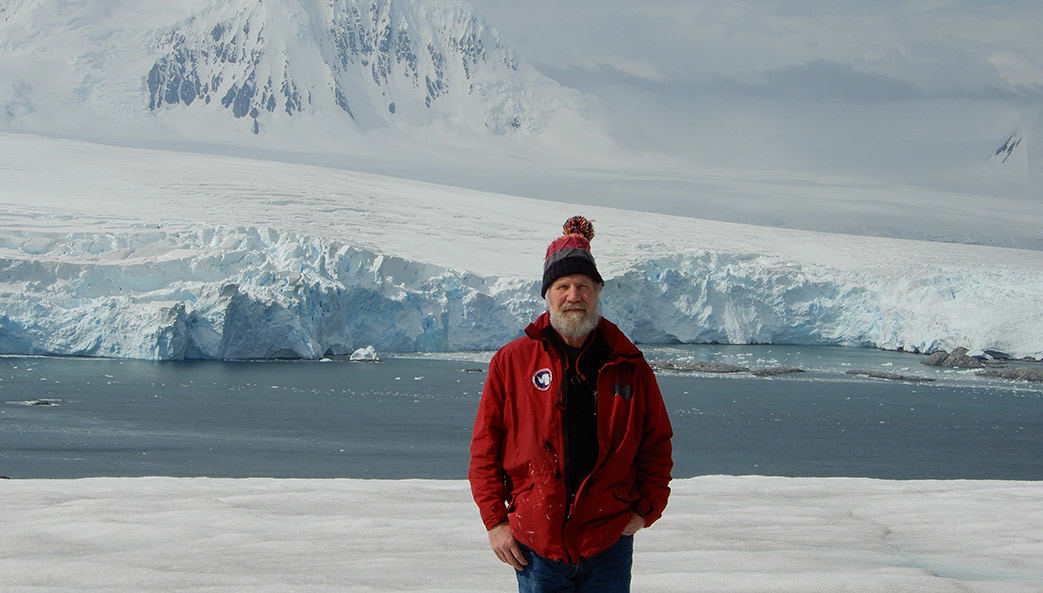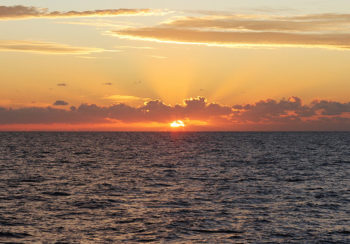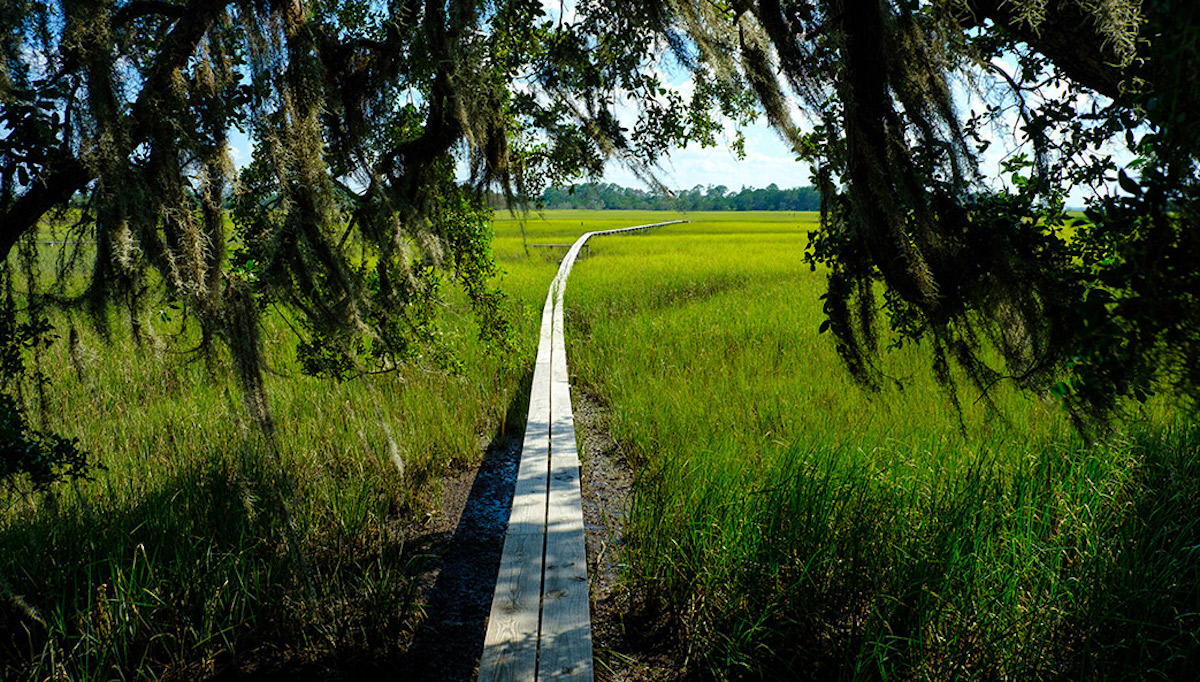January in Antarctica is the height of summer, with temperatures on the Antarctic Peninsula reaching a balmy 32 degrees F. But for oceanographer James Hollibaugh, a summer cruise aboard the research vessel Lawrence M. Gould means the sun barely dips below the horizon, and glimpses of towering icebergs, pods of whales and flocks of penguins are the reward for 20-hour days hauling up seawater samples from the Southern Ocean’s icy depths.
Hollibaugh studies microorganisms called archaea, whose discovery just 40 years ago upended scientists’ understanding of the tree of life. Suddenly there were three branches: bacteria, eukaryotes—which include plants and animals—and archaea, which look like bacteria but are biochemically and physically unique. Scientists like Hollibaugh are working to understand archaea’s vast diversity and ubiquity, including their role in the Earth’s oceans and extreme environments, where they thrive.
Specifically, he is studying a subgroup called thaumarchaea, which take ammonium produced by other organisms and use it as an energy source. By burning it with oxygen, they convert ammonium to nitrate, facilitating removal of nitrogen from the ocean.
“This is important,” says Hollibaugh, Distinguished Research Professor of Marine Sciences, “because one of the problems facing the Earth right now is too much nitrogen.”
Excess nitrogen in coastal areas—stemming from runoff carrying fertilizer and animal waste—can cause harmful algal blooms that poison people, shellfish and marine animals (the bloom off Florida’s west coast this summer is a good example). When the algae die, they settle to the bottom and decompose, using up oxygen and creating oxygen-deficient zones that kill organisms like fish, crab, shrimp and oysters.
In addition to their role in removing excess nitrogen, thaumarchaea may also be significant in supporting the Antarctic food chain, according to Hollibaugh. Ocean food chains typically are driven by photosynthesis, but that’s not possible during winter in polar regions when light levels in the water are reduced by short days, ice cover and low sun angles.
“We’re looking at the contribution of this odd geochemical process to food chain dynamics during the winter when there’s no light and no plant growth,” he says. “How do plankton survive the winter? What do they eat? How do they grow? Does this process contribute significantly to their survival?”
During Hollibaugh’s trip, supported by a grant from the National Science Foundation, he took samples at different depths in the water column in order to measure thaumarchaeal growth based on rates of ammonium oxidation. His previous research showed the same thaumarchaea are there year-round.
“Figuring this out,” he says, “will help us understand, at a global level, long-term changes in the Earth’s ecosystems.”
